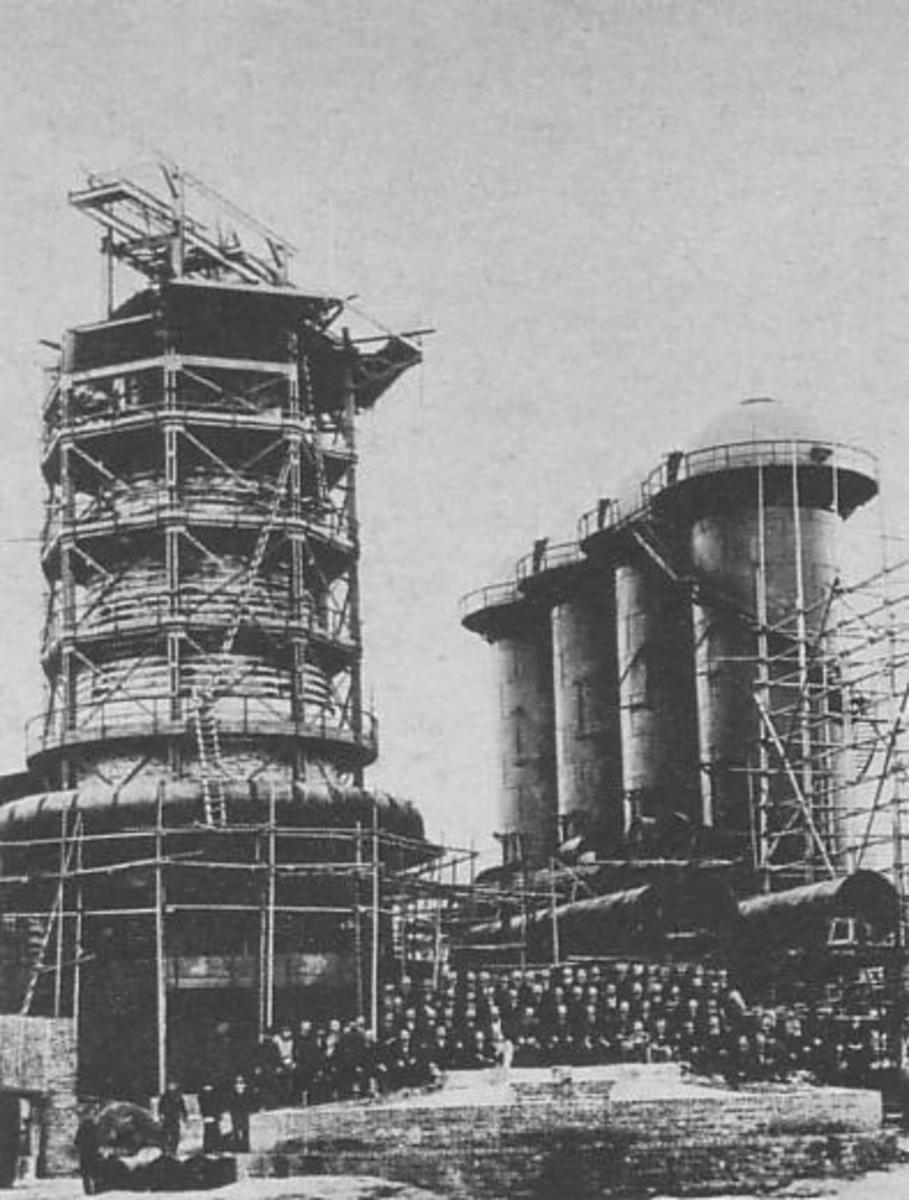Japan's Economic Road To Recovery

By Mirna Santana
Posted on May 5th, 2011. Economy: A few days after the March 11, 2011 Earthquake and Tsunami that devastated some areas of Japan, estimates for the reconstruction were on the order of 309 billion. On April 27, 2011 Japan’s government approved 4 trillion yens/ $49 billion, for the first major stage of reconstruction. It is yet unknown how long the process of reconstruction will last. It is also unknown how long would it take for the economy to rebound. A disaster that left 25,000 people dead or missing and many others unemployed or homeless will take a lot of effort on the road to recovery. Collaboration and investments for this efforts to be successful are needed.
On April 30, 2011 the head of The Bank of Japan Masaaki Shirakawa declared that the bank administrators/board consider Japan’s economy very severe. However they were evaluating their policies and assessing the impact of the disaster in the economy before investing in more bonds. In order to buy more assess they would need to evaluate the risk and also relax their policies.
If the Japanese Central Bank decides to further contribute with the Japanese government by relaxing their policies, they will likely increase their annual assess purchase. Currently the bank buys 21.6 trillion yen/yr of long-term government bonds. An expansion by 5 trillion yens was previously rejected thus most likely the bank may increase their buying purchase somewhere between 25-30 trillion yens this year. If they purchase 25 trillion yens (equivalent to 309.97500 billion dollars) that amount would barely cover the calculated cost of recovery—yet we know that much more is needed for the government to work and the economy to recover. This is why I estimate that the sum most likely will be around 30 trillion yens ***. One way to accomplish these sum and help the government is by recalling or buying assess already in the market.
These elevated sums of
money borrowed by the Japanese government could compromise them. Under what conditions would the bank
relax its policies? It is possible
that they may impose some regulations to guarantee their investments? How would that affect the Japanese government, the citizen of Japan or their international relationships? It is also likely that they request to participate
in decision-making concerning prioritization of the efforts within the recovery
plan. Lets not forget that Japan also has investments elsewhere, the U.S. government being one of those places (In 2010- Japanese decisions strongly influenced the value of the U.S. dollar) so what happens there may cascade elsewhere.
The current situation for the Japanese government and some of its people, as well as business is desperate. Others of course have benefited from the situation, those are perhaps the least.
For the first time in many years the wages have fallen compromising the recovery process. Before the disaster the economy was already compromised, yet a proportion of the consumers were used to luxuries and gadgets. That way of spending has changed with the economic crisis. With a drop in factory jobs and other jobs in the disaster area, the manufactured goods dropped to amounts reported two years ago. With less job, decrease in income and high levels of uncertainty spending patterns have also decreased. The situation strongly influenced retailers, except perhaps the food/construction sector. Yet many Japanese are also known for saving. The money saved may be invested in reconstruction if some of these folks have to start again. The Japanese economy, especially during this time would not be easily measured solely in terms of spending –(the standard measure of U.S. Economy.)
The government has initiated unemployed programs—and was able to reemploy a small proportion of the affected workers. The private sector has assimilated some workers too. Yet because there are now more demands for jobs than the positions available, the wages have dropped to what they were in the last quarter of 2009.
Japan's symbolic car and technology business are now
shaking. The powerful and long standing
Japanese car industry lost around 50% of its national sales (2010 cars sold: 185,673 units). And the sales
per volume dropped to values reported 40 years ago. Various technology companies also reported loses, especially because shipments overseas have been delayed.
Many people still remain in shelters and relatives are still looking for information about missing people. Life in the affected areas is still far from normal. This is especially true in areas that remain contaminated. The former inhabitants are unable to return.
There is much to say about the nuclear plant damaged areas and the environmental impacts related to it. For now, I would only mention that the Japanese nuclear crisis has been the worse since Chernobyl. Drinking water, soil, vegetation, and ocean water have been polluted. A number of workers received high radiation doses. The 50 workers who risked themselves in an almost heroic manner to save the people outside—deserve much recognition. Radiation near the plants was reported on April 30th at its highest. The dangers of radiation exposure levels at the plant is still preventing further efforts by the engineers but two irobots have been sent to the most affected facilities. Officials from Tokyo Electric Power reported that these robots received radiation 4times the upper limit permitted for workers.
The nuclear facilities damage assessments have been re-evaluated. They reported a minimum plant damage of about 25% (plants 2 &3) and the worse case at 50% (plant 1). The scenario assessment is less serious that previously reported. Yet, the plants remain under constant surveillance and the cooling with water, concrete pouring and other emergency actions continues.
The Japanese government recently offered assistance to US regions affected by the tornadoes. It seems that the Japanese spirit is high--as it is their long-term commitment to international cooperation. In the good news report it is a good sign that radiation levels in water are almost undetected. Drinking water is safe—as long as there are not further spills it shall remain safe. Japanese people appear calm. The Nuclear Energy Co appears to be conscious of the need for transparency at this time. If things continue this way they may be on a safe path towards recovery.
Besides borrowing money or selling more bonds, the Japanese people have received money for disaster relief that still need to be distributed. In addition, modification to the tax system are expected. Perhaps increasing taxes to corporations and the wealthy may help the economy. Another possibility is a general increase in taxes with a tax break for devastated zones. In order to rebuild in areas affected by tornado and Tsunami incentives to the investor, tax break, bonuses or other forms of policy friendly business practices may be implemented. A lot of these may be included in national policies while specifics grants may be part of the recovery packages. The final measures have not been decided and likely even if those measures were made public, a lot of room need to be left for case by cases scenarios.
The country is slowly taking steps towards its recovery. The Japanese Central
Bank, the Government, the business sectors, and the locals working together may
accomplish the task before we expect. Japan is not at war so they can focus on
building back their country. And there are not many report of local vandalism either. Yet data to know who is missing, whose is relocated and how to help is missing. The Japanese Red Cross says that there are 58 billion yen (US$720.9 million) in payments to be distributed in Iwate, Miyagi and Fukushima prefectures--only 10% has actually reached the affected. If you happen to know some families that have relocated and are eligible, please inform them.
prompt recovery - プロンプトが回復 (Puronputo ga kaifuku)
keywords: Japan, nuclear crisis, Japan's economy, nuclear accidents, disaster relief, Bank of Japan, Road to recovery, Japan after the Earthquake.






